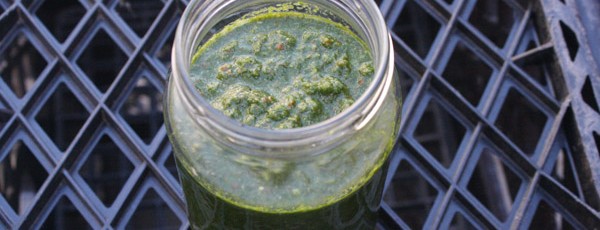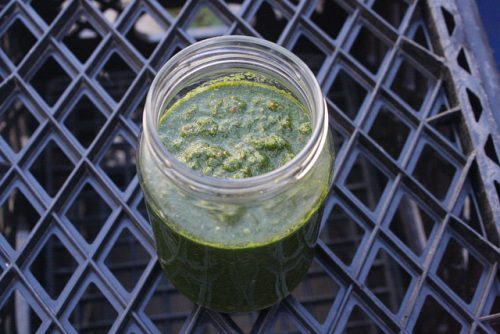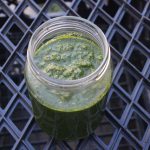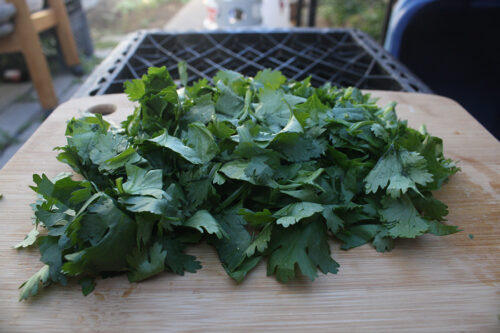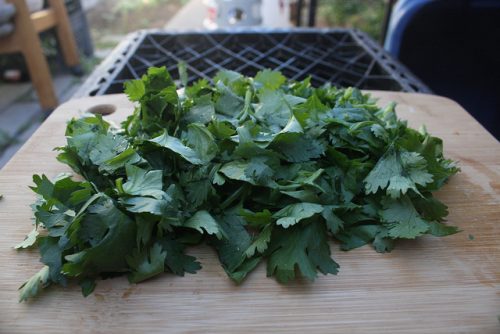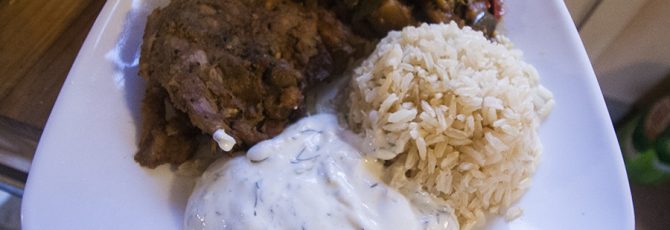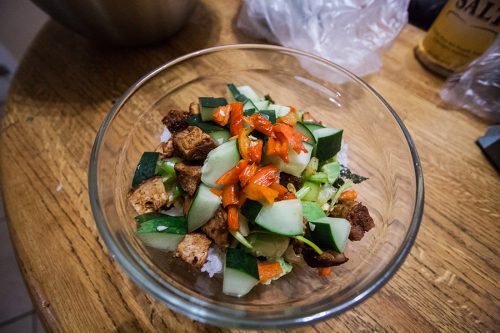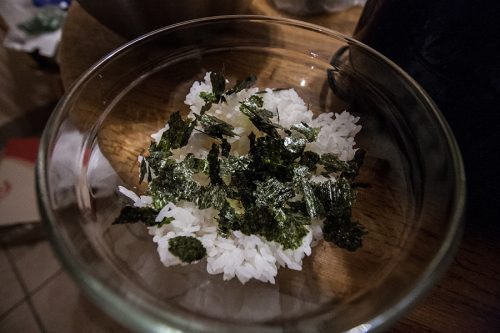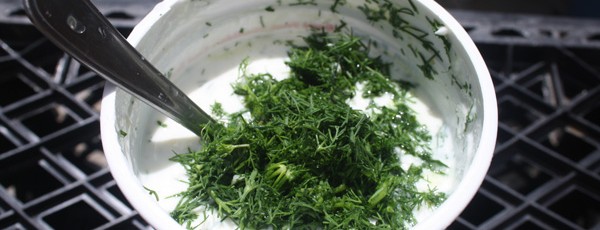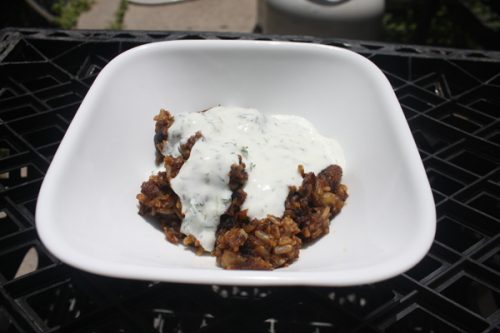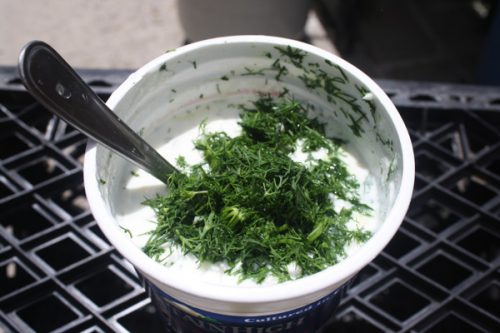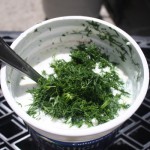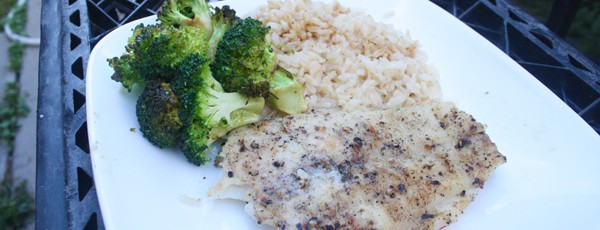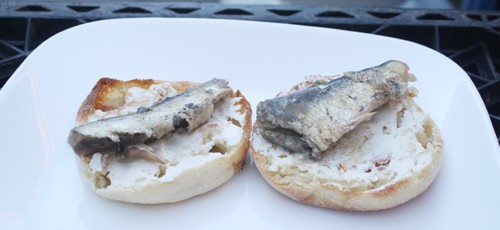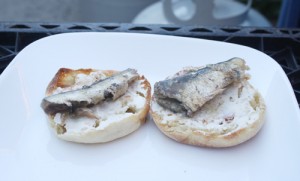Learning a pressure cooker, or in my case, an electric pressure cooker (brand Instant Pot) means trying out new recipes and seeing what it can do.
In the case of chicken noodle soup, the answer is a whole hell of a lot.
When I made it, I went online to see what the general suggestions, and recipe directions/ingredients are for chicken noodle soup.
The best suggestion, which I heeded, was to cook the noodles separately because of the difference in required cooking time.
Other included cubing the chicken before cooking it (for people using boneless chicken breasts or thighs) and suggestions on how much broth and water to include in the pot.
Finally, I was reminded that cooking bone-in chicken means leftovers will be a little gelatinous, from the natural binders in the chicken cartilage.
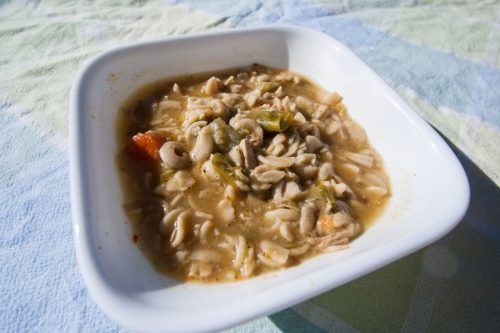
Chicken noodle soup made (mostly) in an electric pressure cooker (Instant Pot). Bone-in skin-on chicken legs were used, as well as green chiles (Anaheim peppers).
I didn’t see any particular instructions on what to do with chicken legs.
Chicken legs are probably the cheapest meat I can get and when I went to the store to get ingredients, they were only $1 a pound, by far the best deal in the store.
They also go on sale for $4 for a 10 lb frozen bag.
If you’re looking for a cheap chicken soup, this is it.
I put the metal steam rack in the bottom, put in two chicken legs, the cut veggies (squash, zucchini, carrots and green chiles), poured in six cups (32 ounces) of chicken broth, a little water, half a bullion cube, locked the lid and turned it to 15 minutes .
After it finished cooking, and I allowed it to “natural release” for 15 minutes, I vented the unit and extracted the first chicken leg with a gloved hand and started taking the meat off the bone and putting into a bowl. Once both chicken legs has been stripped of their meat, I threw them back in the pot and started stirring. Meanwhile, I already drained the pasta and, after realizing everything would be easier in a larger pot, I transferred everything to the pot the pasta had been in.
I added the noodles and realized it lacked salt, so, remembering a Cook’s Illustrated I read on the topic, I grabbed my trusty light soy sauce, my trustier fish sauce and seasoned the soup.
Voila!
Unfortunately, for leftovers, the pasta continued to soak up the broth. I was fine with it, but one could have added a little more.
What did I learn?
Chicken legs or (bone-in) thighs work just fine, so long as you’re willing to fish them out, strip the meat off the bones and put it back in the pot.
Pressure cooker chicken noodle soup
Makes 10 servings
Ingredients
2-3 chicken legs (bone in, skin
6 cups chicken stock (48 ounces)
2 cups water
1 bullion cube (optional)
1 lb carrots
1 medium onion (optional)
1 zucchini, Mexican squash, yellow squash or other squash
2-5 green chiles (Anaheim peppers) or other peppers of choice, such as bell peppers or Poblanos.
1/2 to 1 lb pound mushrooms (optional)
Other vegetables as desired, including celery and garlic
Soy sauce to taste
Fish sauce to taste
Pepper to taste
1 lb noodles
Directions
1. Cut all the vegetables into bite-sized pieces.
2. Place the steamer rack at the bottom of the (electric) pressure cooker, then place the chicken legs on top.
3. Put the vegetables in the pot, followed by the chicken stock, the bullion cube (if using) and the water.
4. (Electric) Set the pressure cooker for 15 minutes. Allow for 15 minutes of natural release, and then vent, if desired. If using a stove top pressure cooker, bring to pressure and cook for 15 minutes.
5. While the soup is cooking, in a medium pot, heat water to boiling. Salt the water, then add the noodles and cook as per directions.
6. Once the soup is vented, or the top can be opened, remove one chicken leg at a time and, being careful not to burn your fingers, with a fork, knife or both, remove the meat from the chicken bones. Cut the meat into the desired-sized pieces. Continue with the rest of the chicken legs. Add the meat back to the soup.
7. Drain the pasta and combine with the chicken soup. If desired, transfer the soup from the pressure cooker to the pasta-cooking pot.
8. Season with soy sauce and fish sauce, until soup reaches desired saltiness.

